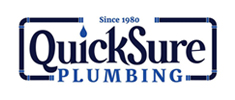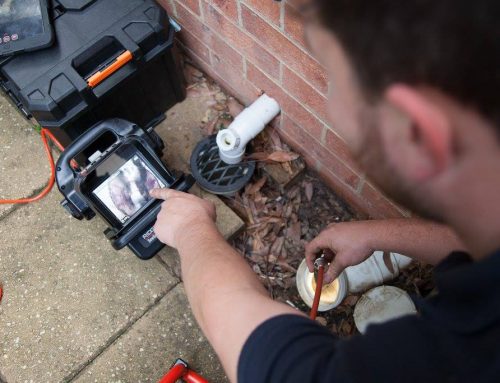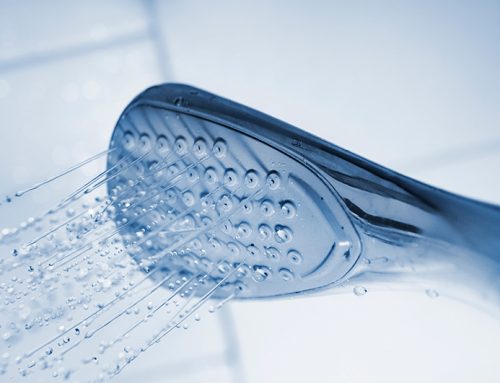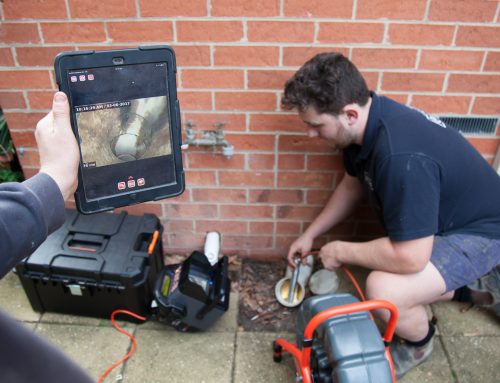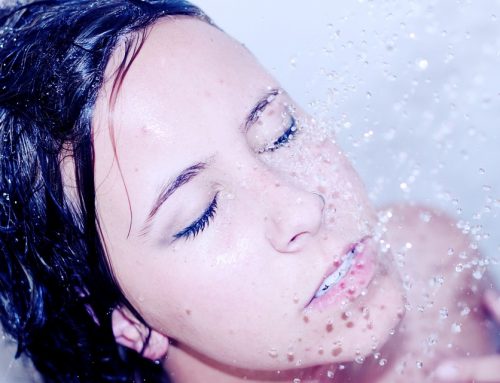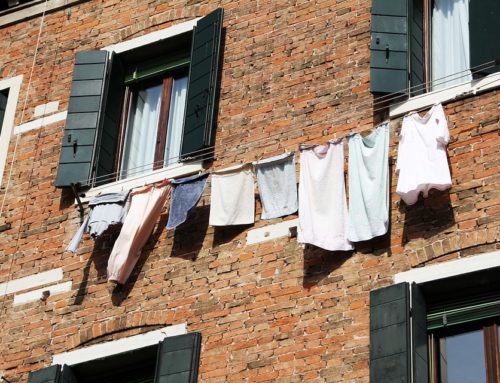Undetected water leaks can happen just about anywhere in your home and if not located quickly enough, can result in rotted timber, damage to the walls and ceilings, and very high water bills. The most common locations of leaking pipes are the kitchen, bathrooms and toilets, but they can also be hidden inside your home or external to your house. Since early detection is important, here are a few tips on identifying water leaks in your home.
Water leaks in the kitchen
These can either occur around the taps on the sink or underneath in the cupboard where the pipes enter your home. If there is no dampness or obvious water underneath the sink, pour some water over the base of the tap and along the edge where the sink fits into the bench top, checking for drips inside the cabinet.
Leaks can occur if the taps have become loose in their fittings or if the caulking around the sink has deteriorated, allowing water to leak into the cabinet. Another sign of leaks are swollen laminate bench tops and particle board cabinetry. Lastly, run your hand over the pipes under the sink to pick up any small leaks, which might not be big enough to form a puddle.
Water leaks in the toilet
This is one of the most common locations for water leaks and is fairly easy to detect. Just add a few drops of food colouring to the cistern and don’t flush the toilet. If water is leaking from the cistern, you will see the coloured water either dripping into the toilet, around the pipes leading into the pan or from the base where it fits into the floor.
Leaks quite often occur around the base of the toilet where it sits on the floor, particularly if there is movement in the toilet and it doesn’t sit solidly on the floor. Look for puddles of water on the floor where water has seeped from this spot, and if the toilet is upstairs, check the ceiling directly below the toilet for signs of water damage.
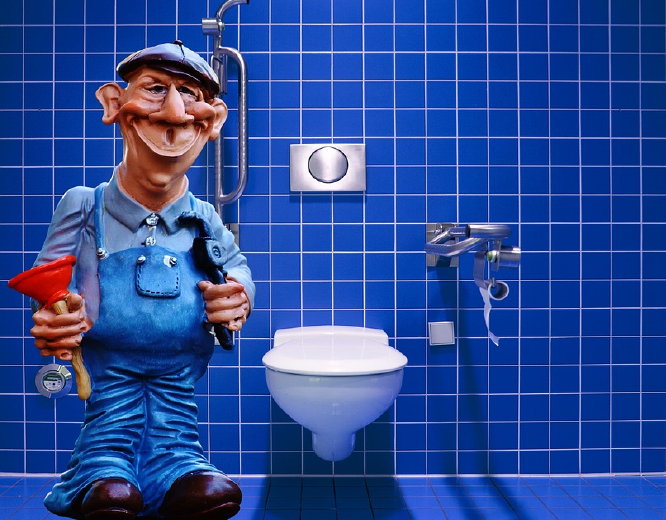
Water leaks in the bathrooms
The most frequent cause of water leakage in bathrooms is old grout and caulking that lets water enter the wall cavities and seep into the plaster board over time. This causes the tiles to become loose on the walls (and even the floor), and both inside and outside the bathroom you might notice that paint and wallpaper has begun to peel off the walls.
Mould and mildew love warm moist spots, so these are another sign that water is leaking in your bathroom, especially around the bathtub and the shower. If you have bathrooms on a second floor, always check the ceilings below for signs of water damage, such as bowing particle board, mildew or dripping water.
Hidden water leaks inside your home
Often a water leak is hidden behind a wall, in the ceiling or even under a concrete slab. Since these are hidden it can be difficult to locate the problem, so your first step is to turn off all the taps and toilets inside your home and if the water meter keeps running, then at least you know you have a hidden leak somewhere.
With a hidden leak, look for mould and mildew on walls, as well as any rotting wood or swollen particle boards in the walls, skirting boards and ceilings. Surface heat is also a sign of a hidden water leak and is caused by pressurised water hitting a solid surface, for example a broken pipe in a concrete slab.
A plumber is trained to detect water leaks and can repair them very quickly, before they cause any more damage. So if you still can’t locate the leak, it’s best to call a plumber who can use special equipment to detect the sound of leaking water that can’t be easily seen.
